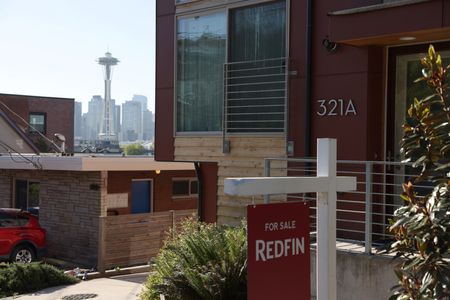WASHINGTON (Reuters) – U.S. single-family home price growth cooled further in November, surveys showed on Tuesday, which together with declining mortgage rates could help to slow the housing market’s slide deeper into recession.
The S&P CoreLogic Case Shiller national home price index, covering all nine U.S. census divisions, increased 9.2% year-on-year in November, pulling back from October’s increase of 10.7%. A surge in remote work during the COVID-19 pandemic led to a housing market boom, driving prices to record highs.
The Federal Reserve’s fastest interest rate-hiking cycle since the 1980s has driven housing into recession. Falling mortgage rates and slowing house price inflation have, however, raised hopes that the housing market could soon stabilize, though at depressed levels.
The rate on a 30-year fixed mortgage ticked down to an average 6.13% last week, the lowest level since mid-September, according to data from mortgage finance agency Freddie Mac.
The rate was down from 6.15% in the prior week and has dropped from an average of 7.08% early in the fourth quarter, which was the highest since 2002. But it remains well above the average 3.55% seen during the same period last year.
“As rates have come down in the first weeks of the new year, housing market activity has started to thaw out, but 2023 will likely still be a relatively tamer year for housing with many expecting prices to flatline at best,” said Nicole Bachaud, senior economist at Zillow in Seattle.
A separate report from the Federal Housing Finance Agency showed home prices climbed 8.2% in the 12 months through November after advancing 9.8% in October.
(Reporting By Lucia Mutikani; Editing by Andrea Ricci)

